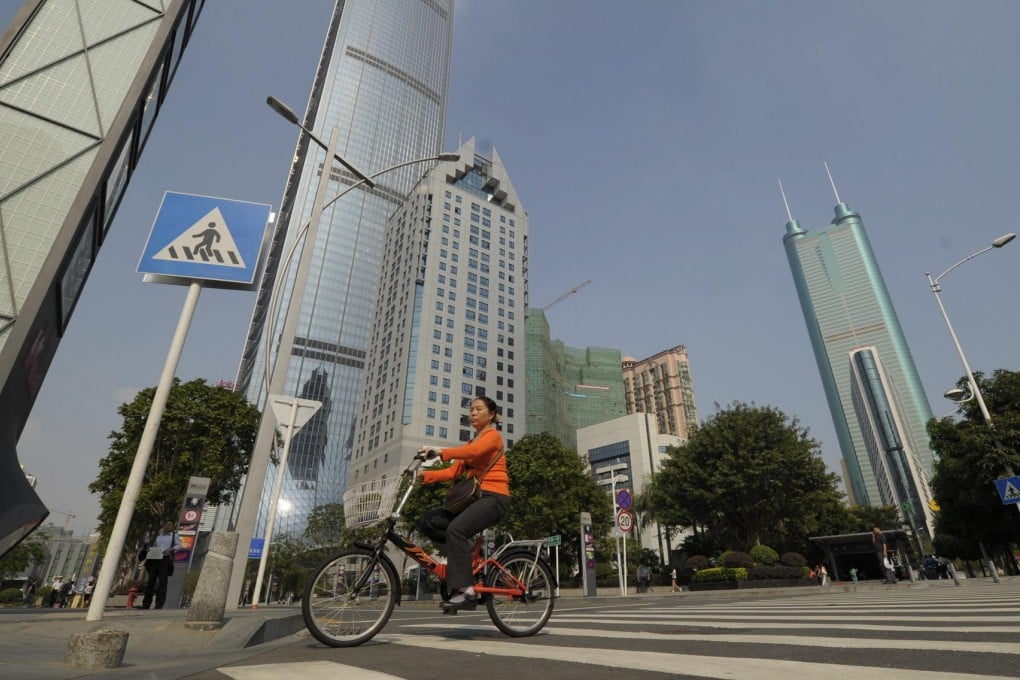New | China's office leasing markets show mixed picture
Supply of hi-tech projects is expected to drive demand in grade A leasing markets in the second-tier cities, as Changsha and Wuhan demonstrate

Performance in China's office leasing markets in the fourth quarter of last year diverged sharply among the 16 cities tracked by the SCMP-DTZ office rental index.
Half of the cities tracked recorded rental growth quarter on quarter, while the other half witnessed a decline, the index showed.
The key driver for the deviation in performance was the difference in the basic underlying supply-demand dynamics among the markets.
Shenzhen, Changsha and Wuhan recorded the highest rental increase for the quarter.
While rents at Shenzhen grew 5.7 per cent compared with the previous quarter, they saw a year-on-year gain of 20.4 per cent.
"Shenzhen benefited from not having seen any new supply within the year, while at the same time it also saw leasing and pre-leasing performance boosted by demand stemming from the influx of companies seeking opportunities in the maturing Qianhai modern services zone," said Andrew Ness, the head of North Asia research at DTZ.
